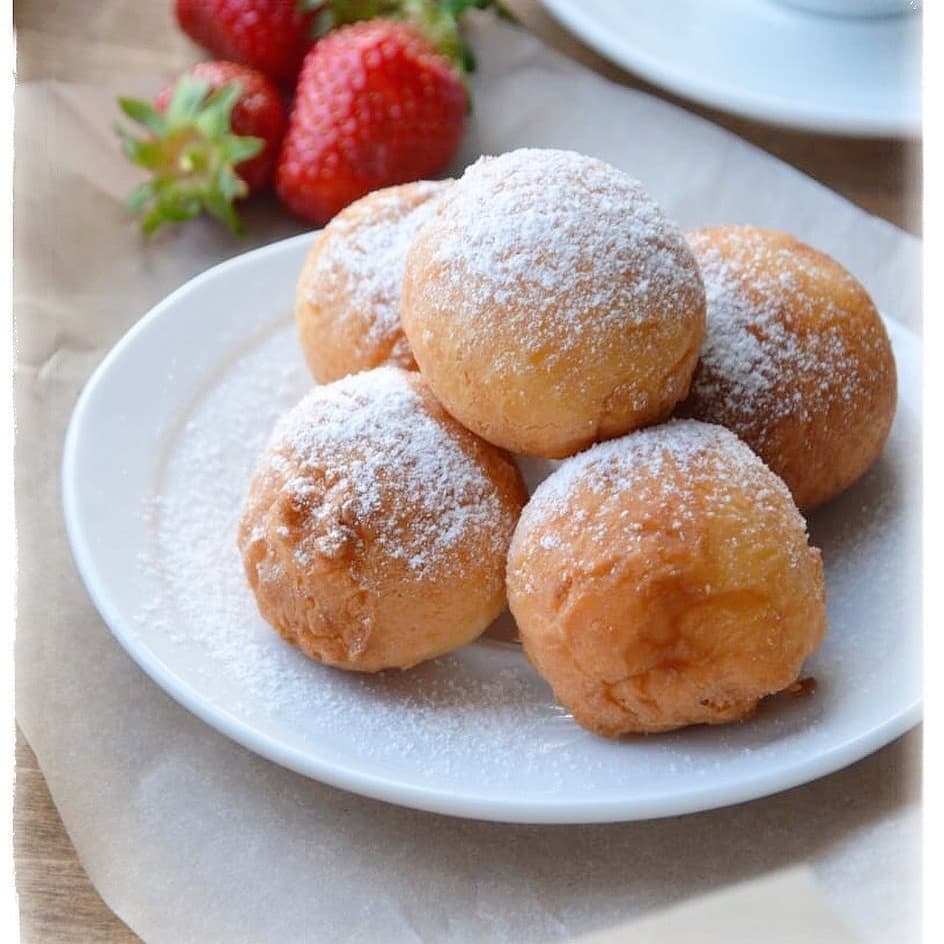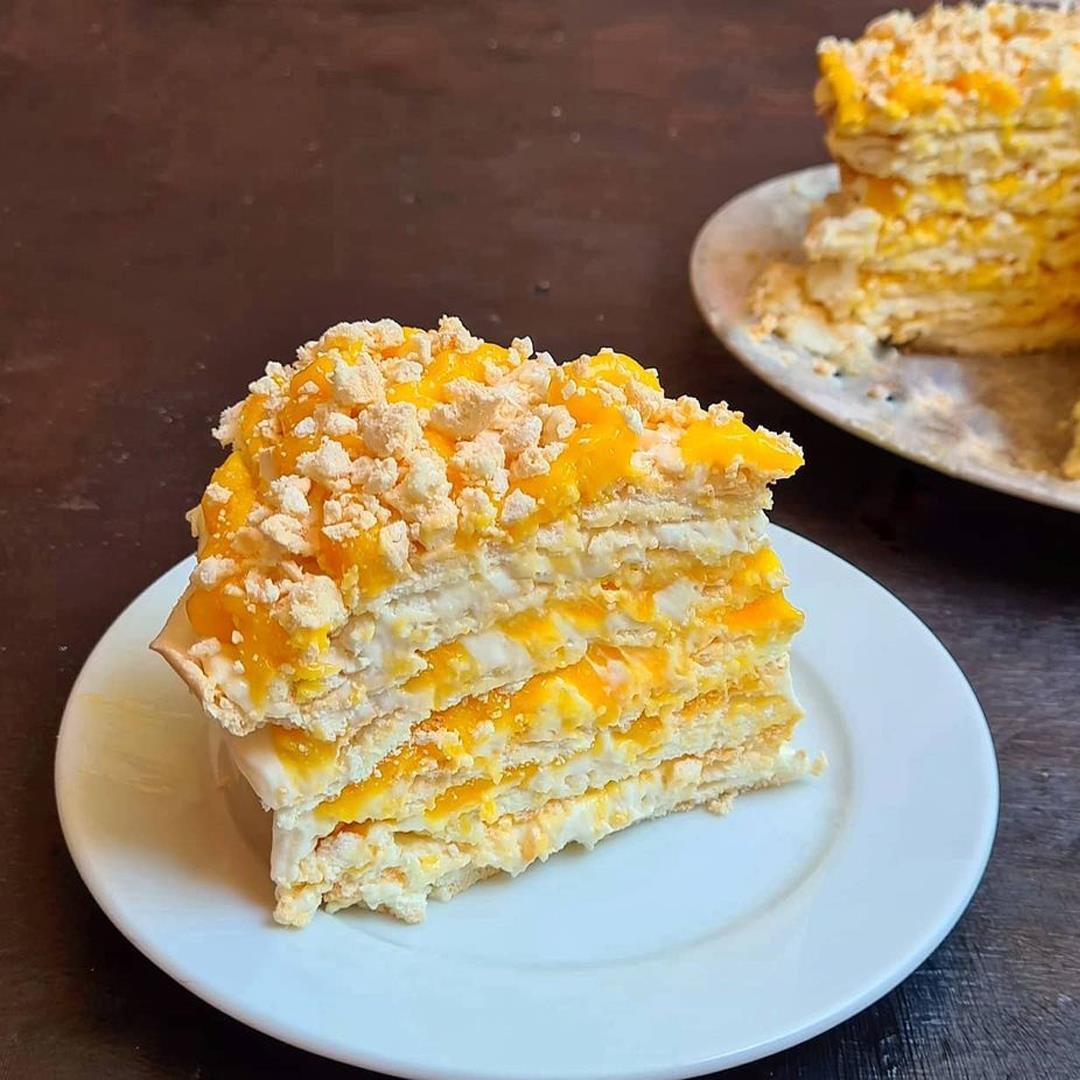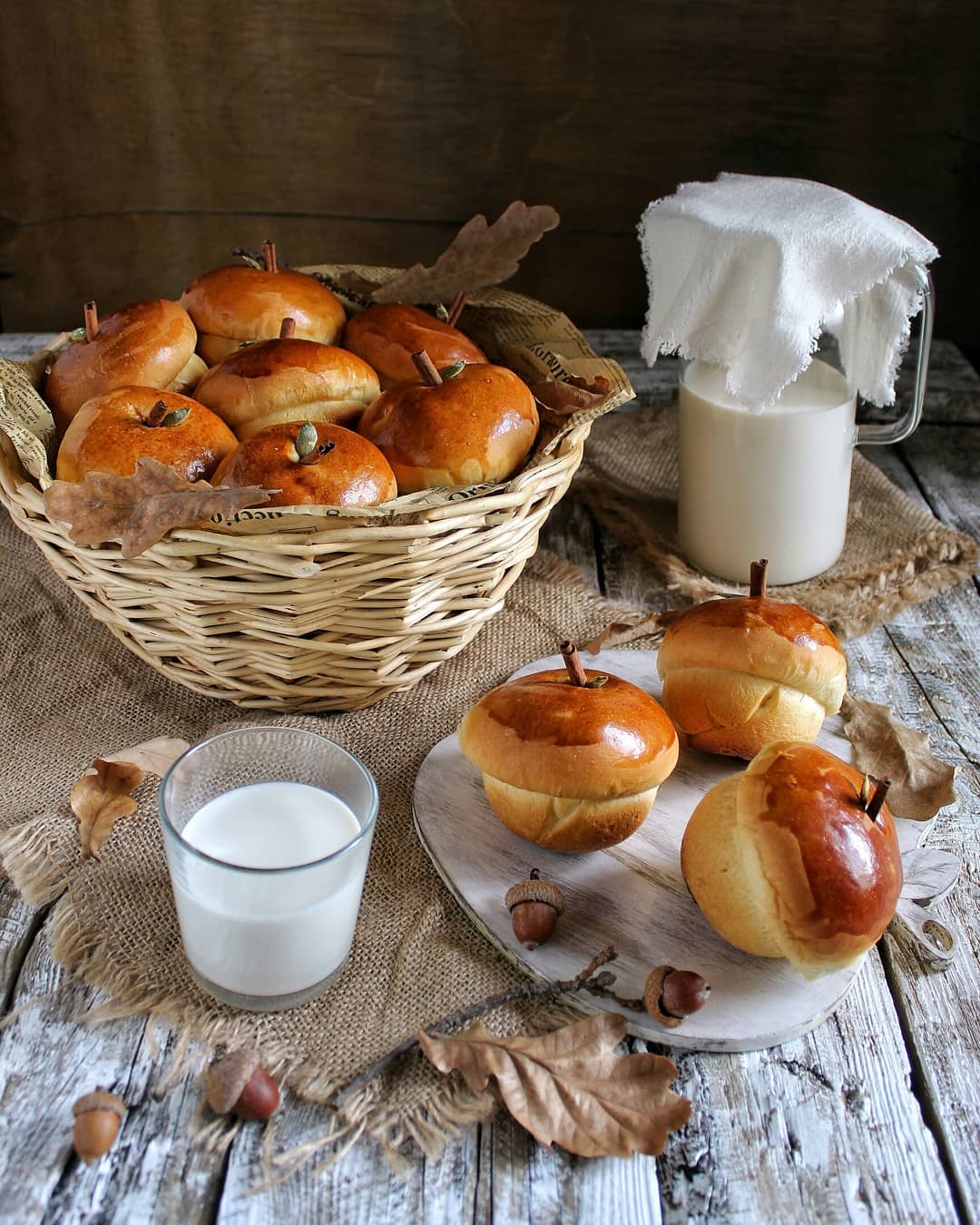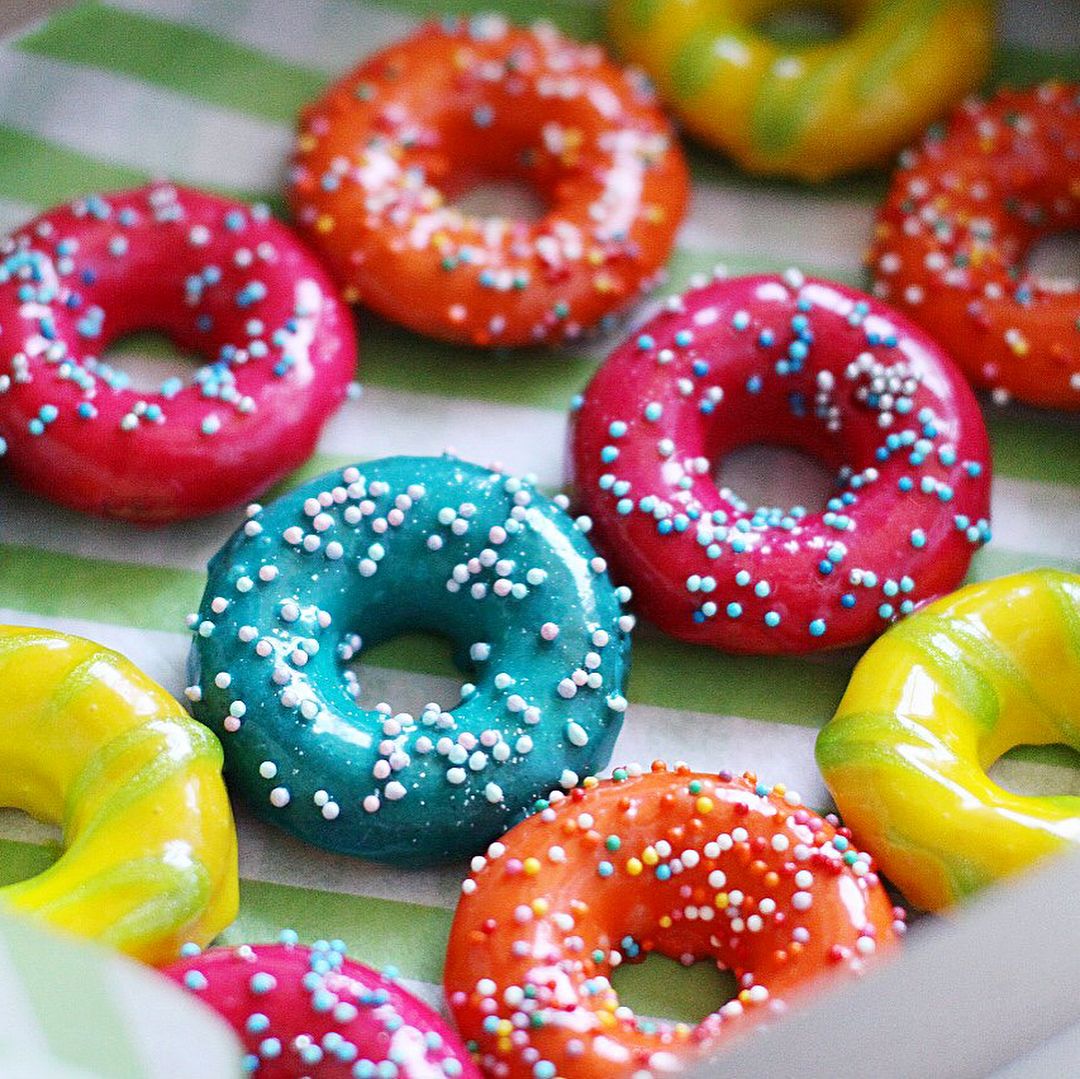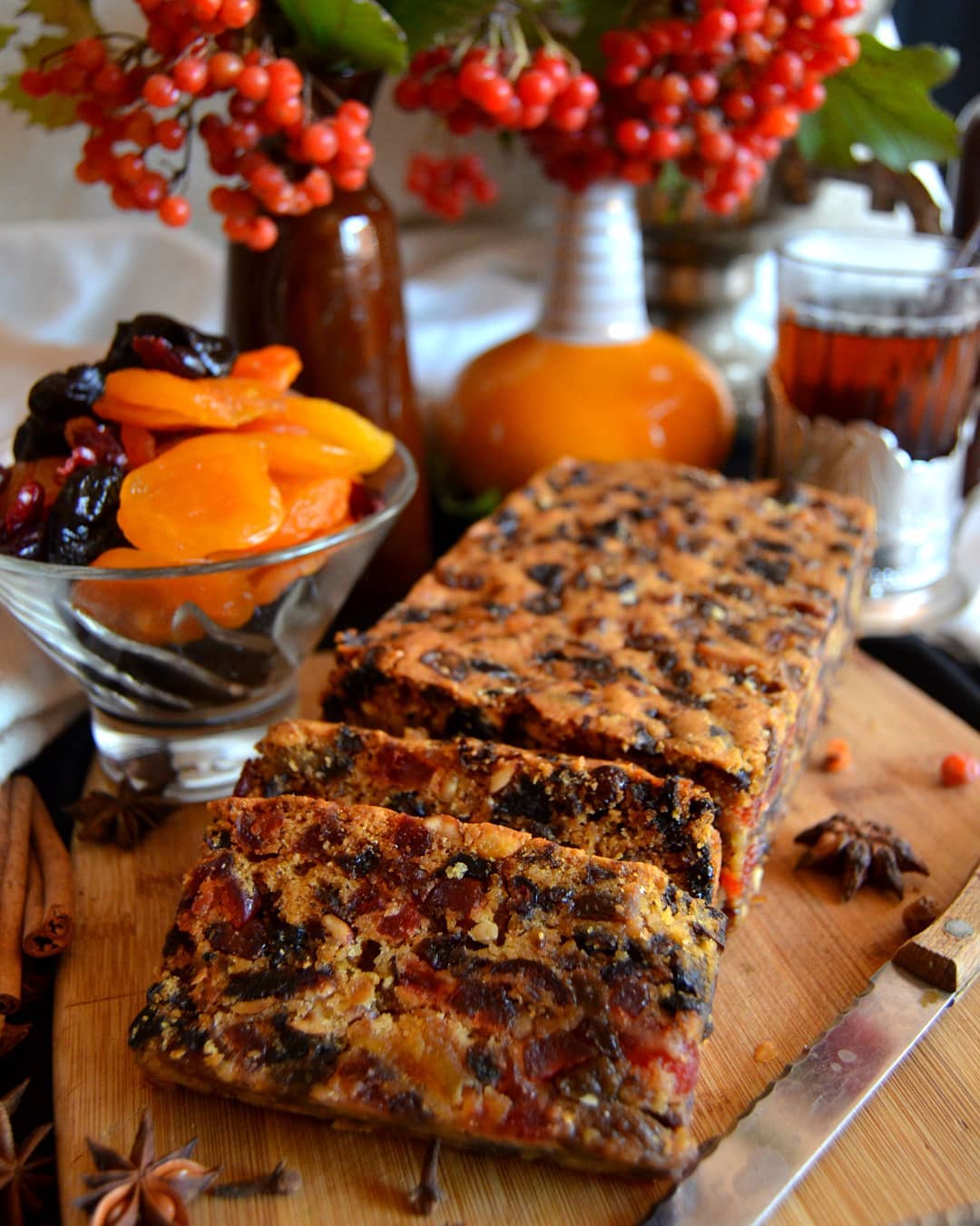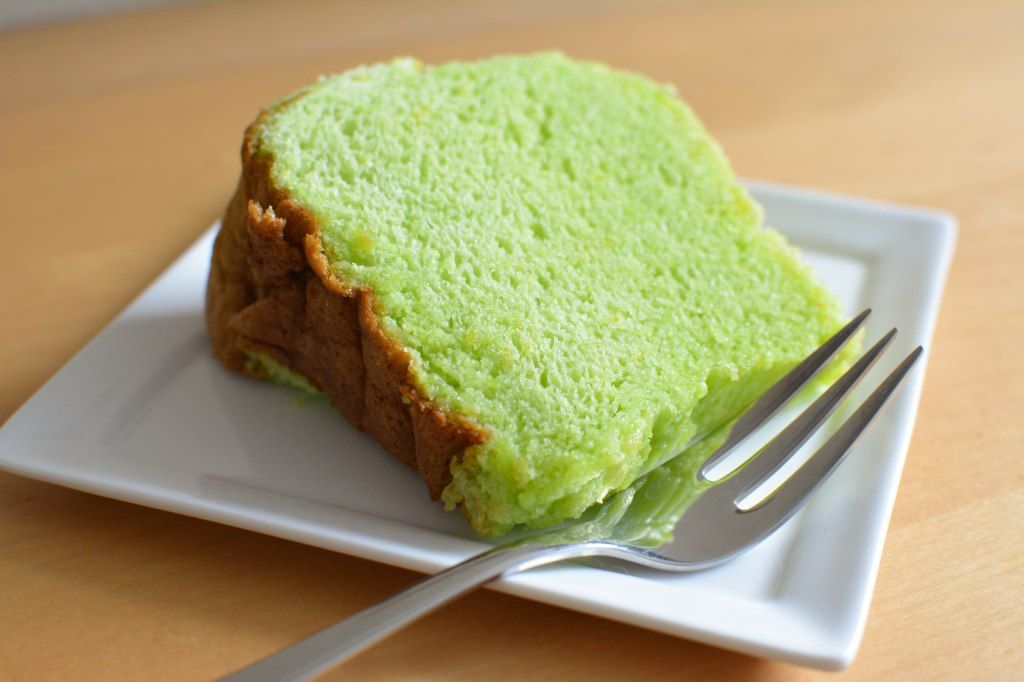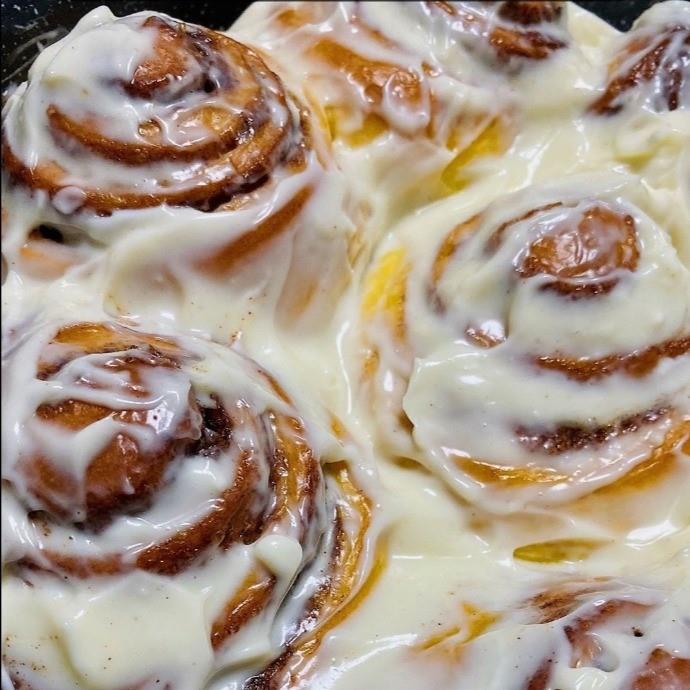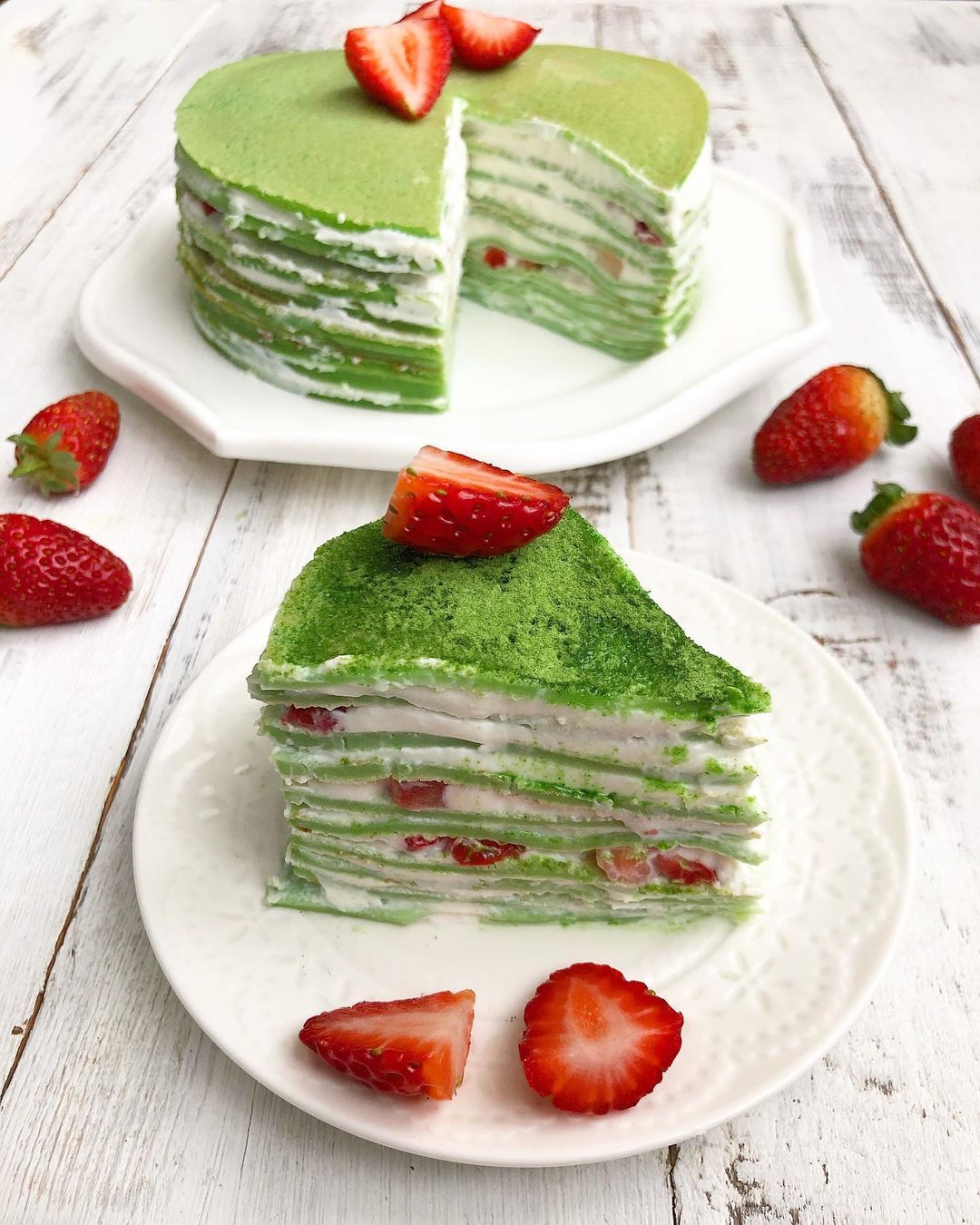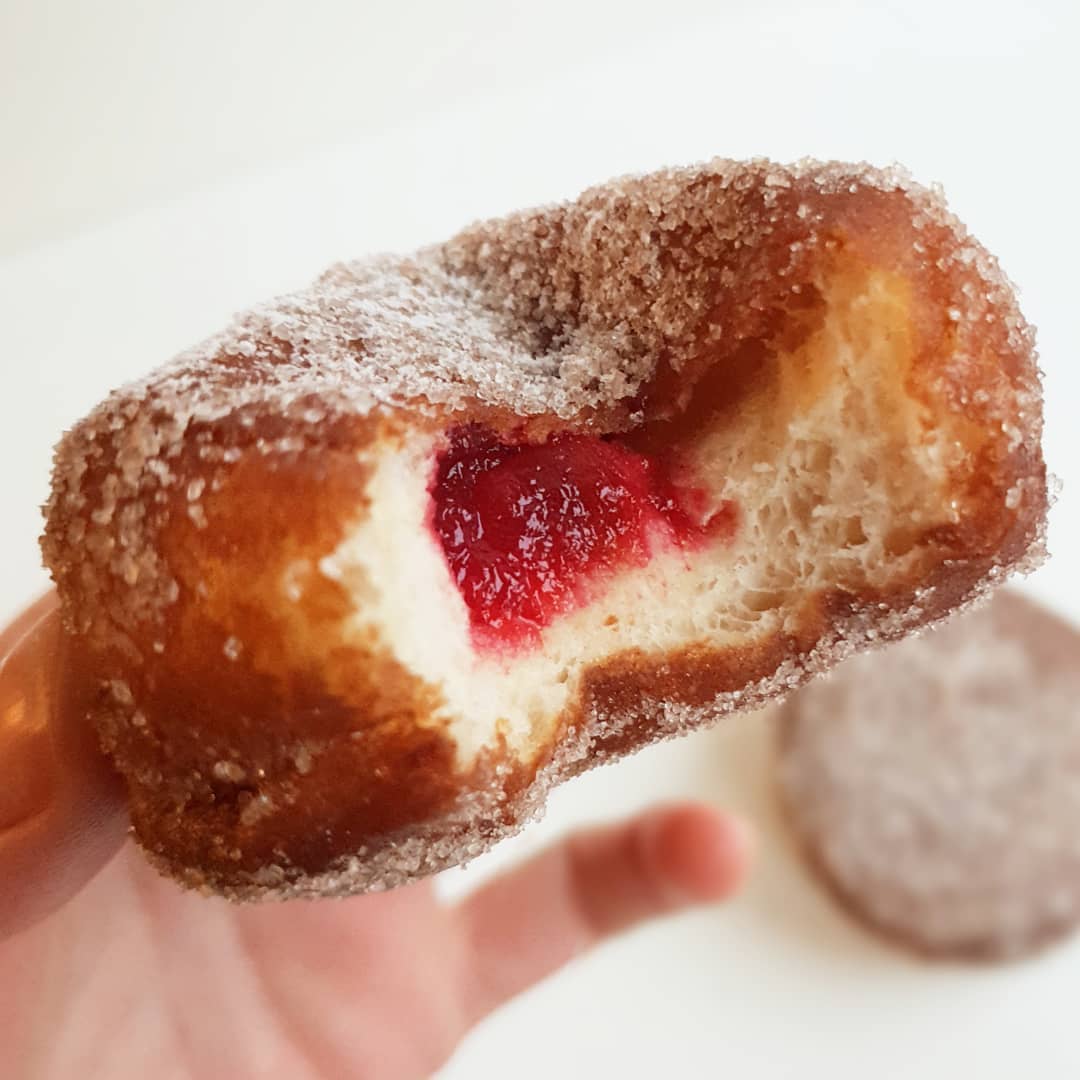Ingredients
Cottage cheese balls
Instructions
Step 1
Step 2
Step 3
Step 4
Step 5
Step 6
Step 7
Servings
Equipment
Use this to mush the curd for a smooth texture. A blender offers speed, while a sieve can provide a finer quality, making each bite melt in your mouth.
An essential tool for blending the egg, sugar, and salt together to achieve that perfectly balanced sweetness.
Make sure to sift the flour slowly to avoid lumps, resulting in a smooth and even dough.
A heavy-bottom frying pan works best to evenly cook the balls, maintaining a consistent temperature for perfect crispiness.
Essential for draining excess oil after frying, leaving your cottage cheese balls light and less greasy.
Variations
Faq
- Why is my dough too sticky?
If your dough is too sticky, add a bit more flour gradually until it is easier to handle. Remember, it’s okay if it sticks a little.
- Can I bake these instead of frying?
Yes, you can bake them at 375°F (190°C) for about 20-25 minutes or until golden brown, though they may not be as crispy.
- Can I freeze the dough?
Absolutely! You can make the dough balls and freeze them on a baking sheet. Once frozen, transfer them to a zip-lock bag. When ready to cook, fry them directly from frozen.
- How do I know if the oil is hot enough for frying?
You can test the oil by dropping a small piece of dough into it. If it sizzles and floats to the surface, it’s ready for frying.
- Can I add flavors or spices to the dough?
Yes, you can experiment with adding a dash of cinnamon, vanilla extract, or even a bit of lemon zest for an extra flavor twist.
- What's the best oil for frying?
Neutral oils like canola, vegetable, or sunflower oil are best for frying these cottage cheese balls as they don’t overpower the flavor.

